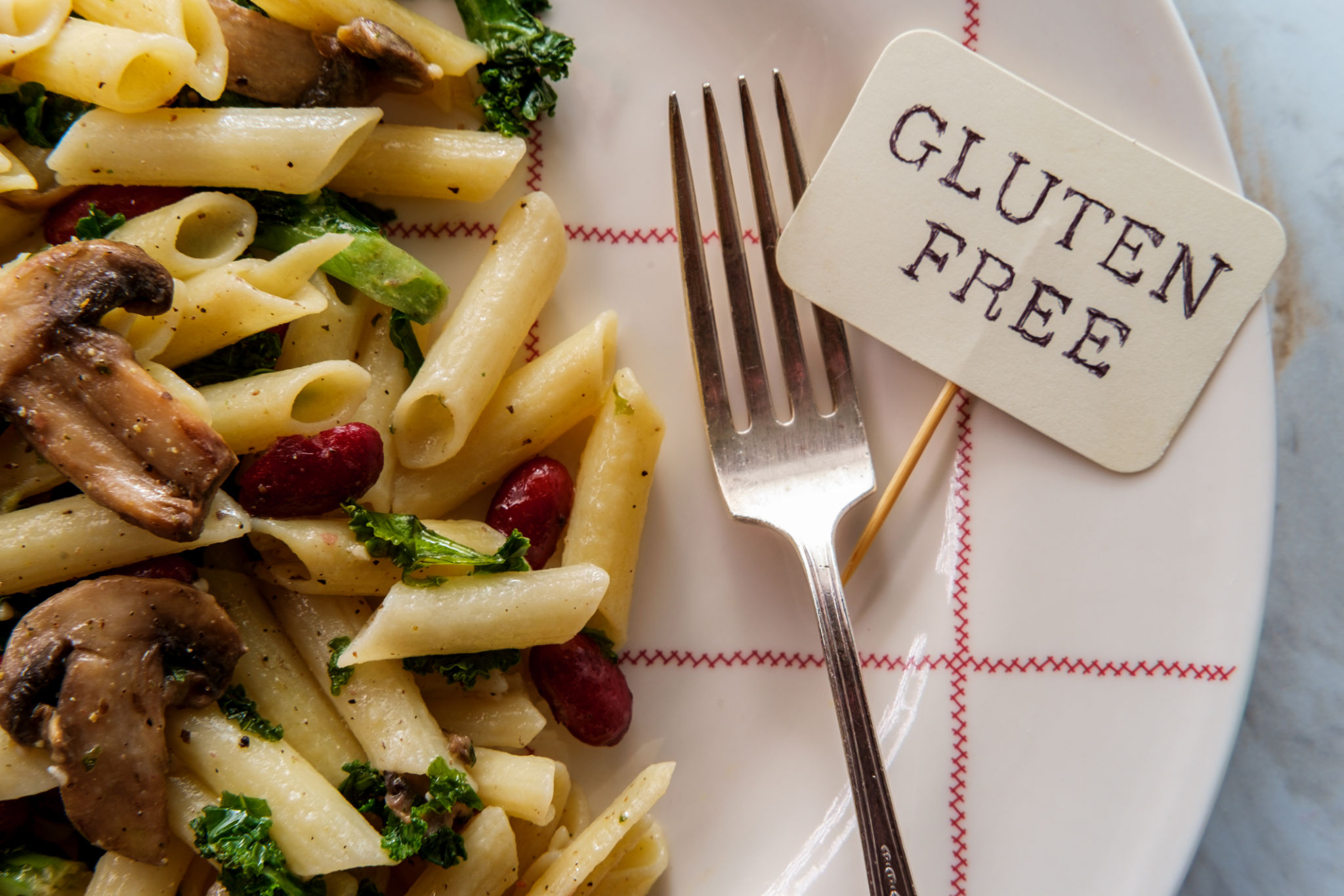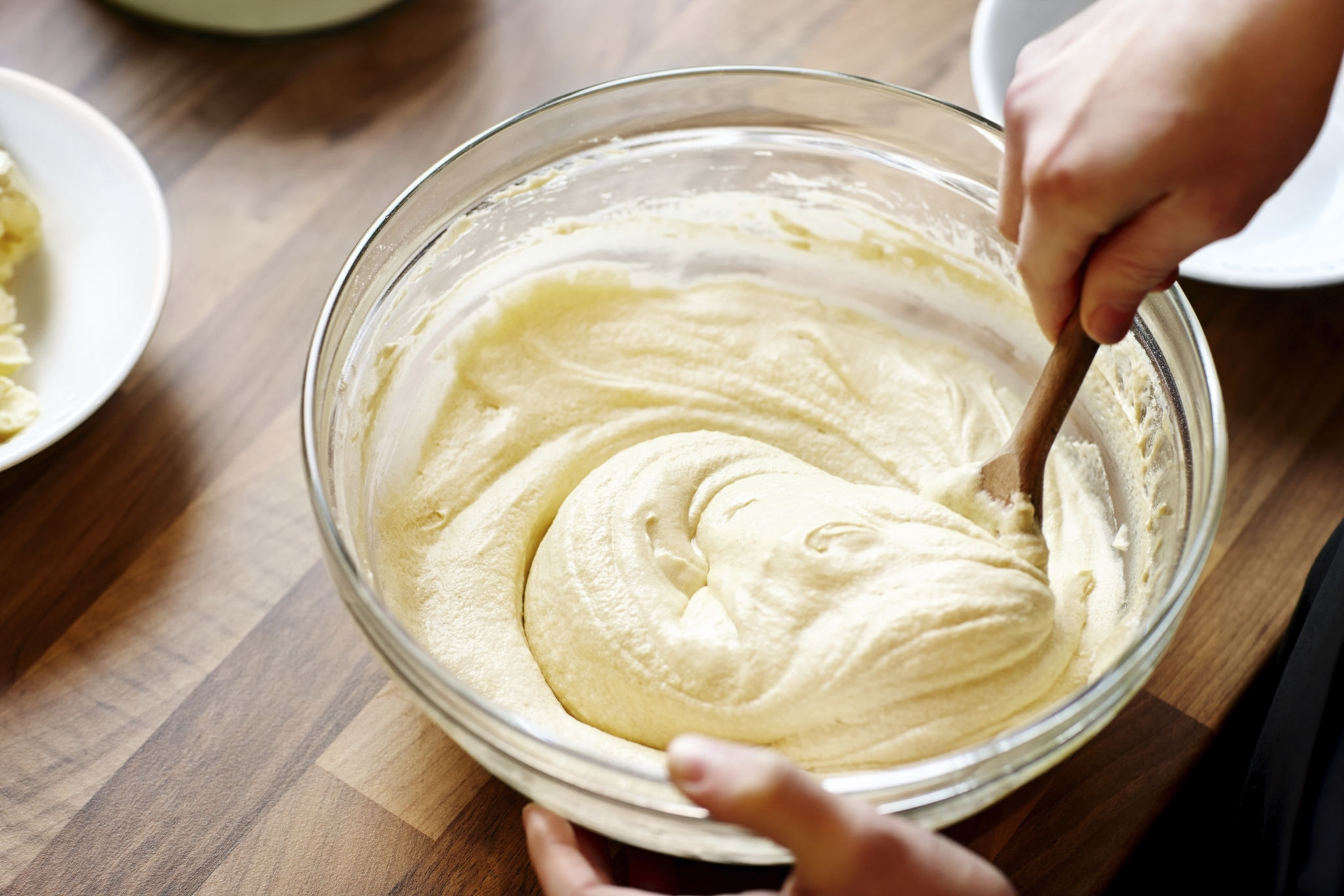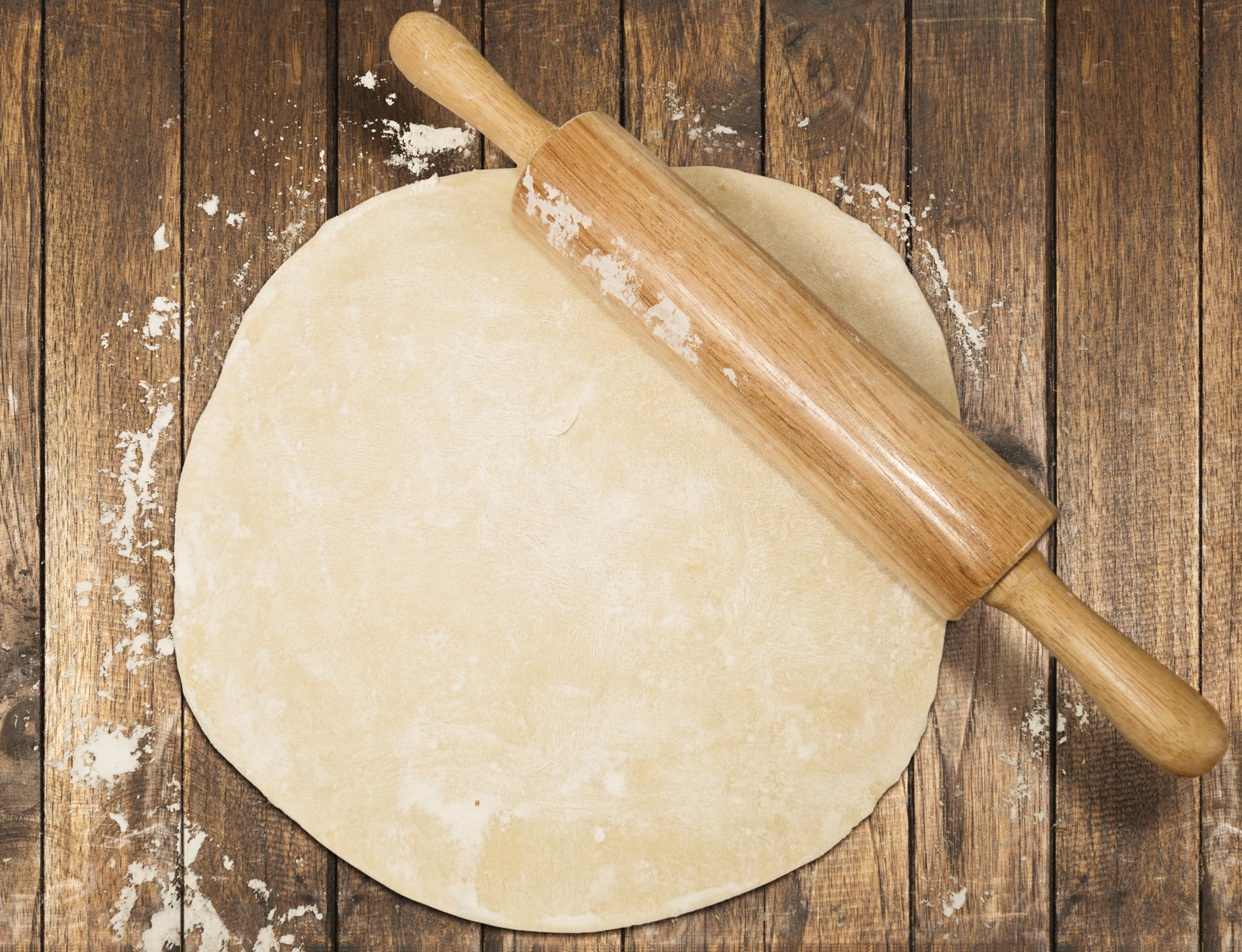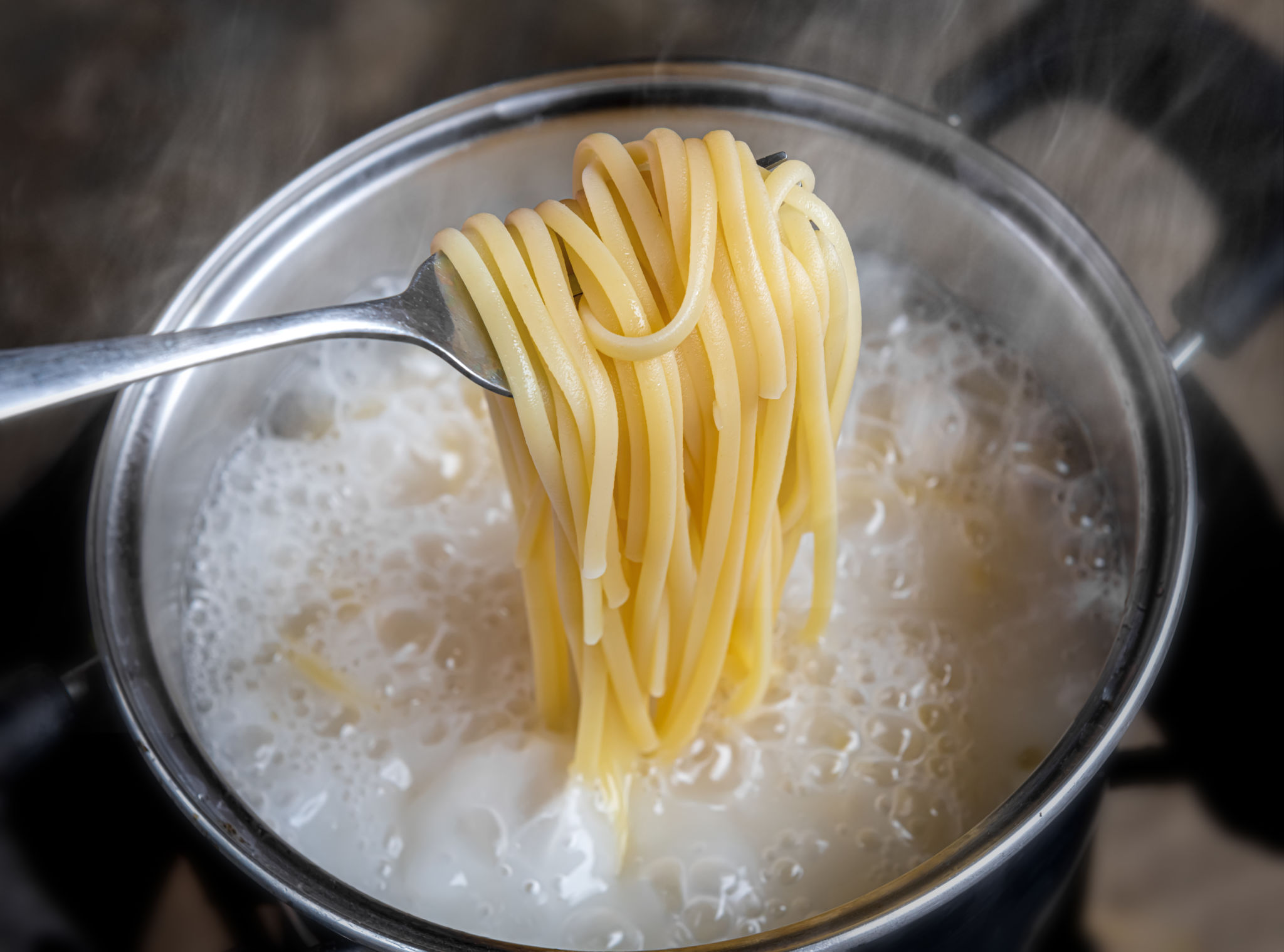Gluten-Free Pasta Making: Tips and Tricks from the Experts
Understanding Gluten-Free Pasta
Gluten-free pasta has become increasingly popular as more people discover gluten sensitivities or choose a gluten-free lifestyle. This type of pasta is made from alternative flours such as rice, corn, quinoa, or chickpea flour. While gluten-free pasta can be just as delicious as traditional pasta, there are some unique challenges in making it from scratch. Here, we’ll share tips and tricks from experts to help you create the perfect gluten-free pasta at home.
Making gluten-free pasta requires a different approach than traditional pasta. The absence of gluten, which gives pasta its elasticity and chew, means you need to pay extra attention to the ingredients and techniques used. By following the right steps, you can achieve a texture and flavor that rivals any wheat-based pasta.

Choosing the Right Flour
The type of flour you use is crucial in gluten-free pasta making. Each flour has its own characteristics and can affect the final product differently. Here are some popular gluten-free flours and their properties:
- Rice Flour: Mild flavor and smooth texture, great for light pasta.
- Corn Flour: Adds a slightly sweet taste and vibrant color.
- Quinoa Flour: Nutty flavor and high protein content, ideal for a more robust pasta.
- Chickpea Flour: Earthy flavor and dense texture, perfect for hearty pasta dishes.
Combining Flours
Many expert pasta makers recommend combining different gluten-free flours to achieve the best results. This combination can balance the flavors and textures, making the pasta more enjoyable. For instance, mixing rice flour with a bit of quinoa flour can provide a good balance of lightness and protein content. Experiment with different ratios to find the perfect blend for your taste.

Adding Binders and Starches
One of the main challenges in gluten-free pasta making is achieving the right texture. Without gluten, the dough can be crumbly and difficult to work with. This is where binders and starches come in. Adding ingredients like xanthan gum, guar gum, or psyllium husk can help mimic the elasticity of gluten, making the dough more manageable.
Starches such as tapioca or potato starch can also improve the texture of gluten-free pasta. These starches help to bind the ingredients together and give the pasta a more traditional feel. A general rule of thumb is to use about 1 teaspoon of xanthan gum or guar gum per cup of gluten-free flour.
Perfecting the Dough
Once you’ve chosen your flours and binders, it’s time to make the dough. Start by mixing the dry ingredients together thoroughly. Gradually add water or eggs, mixing until a dough forms. The dough should be firm but pliable, not too dry or sticky. If the dough is too dry, add a small amount of water. If it’s too sticky, add a bit more flour.

Rolling and Cutting the Pasta
Rolling out gluten-free pasta dough can be tricky due to its lack of elasticity. To make it easier, roll the dough between two sheets of parchment paper or plastic wrap. This prevents sticking and makes it easier to achieve an even thickness. Use a rolling pin or a pasta machine to roll the dough to your desired thickness.
Once rolled, cut the dough into your preferred pasta shapes. You can use a knife, pizza cutter, or pasta cutter for this task. If you’re making long noodles like fettuccine or spaghetti, make sure to dust them with a bit of flour to prevent sticking.
Cooking Gluten-Free Pasta
Cooking gluten-free pasta also requires a bit of attention. Unlike traditional pasta, gluten-free pasta can become mushy if overcooked. To avoid this, cook the pasta in plenty of salted boiling water and keep a close eye on it. Test the pasta a minute or two before the suggested cooking time to ensure it’s al dente.
After cooking, rinse the pasta under cold water to stop the cooking process and prevent it from sticking together. Toss the pasta with a bit of olive oil if you’re not serving it immediately. This will keep the noodles separate and ready for your favorite sauce.
